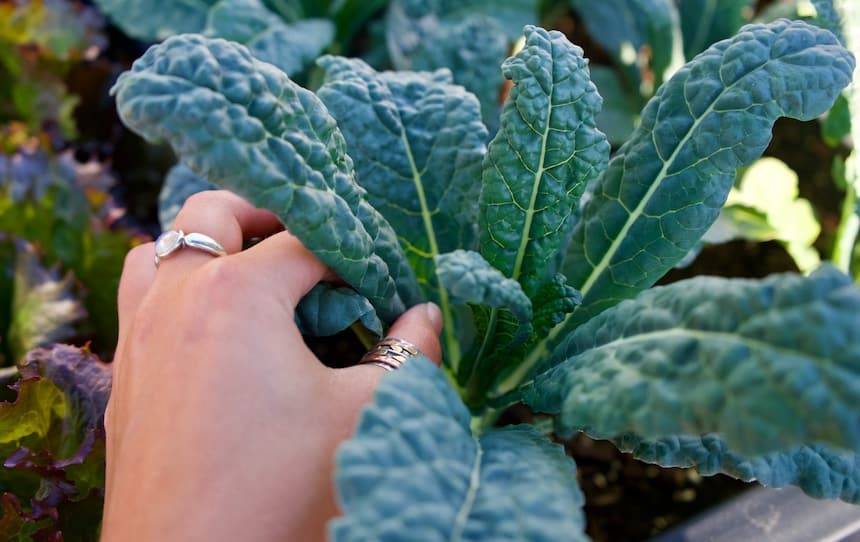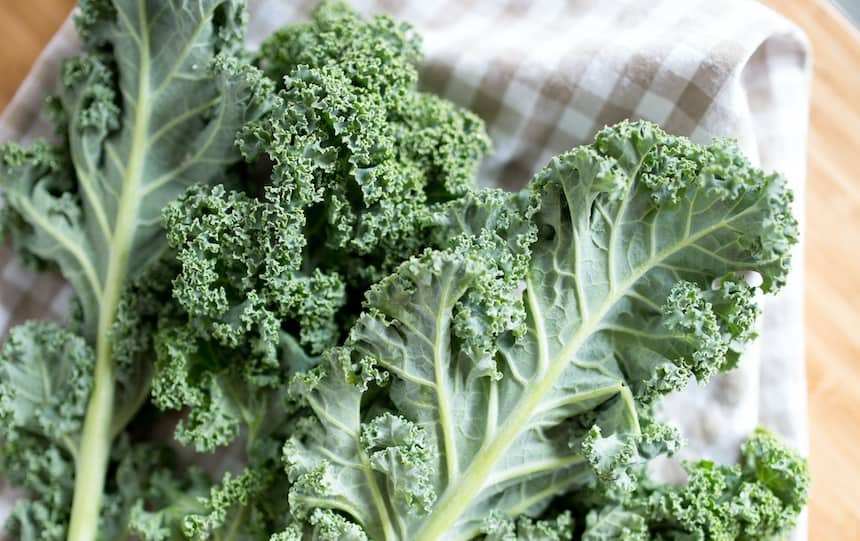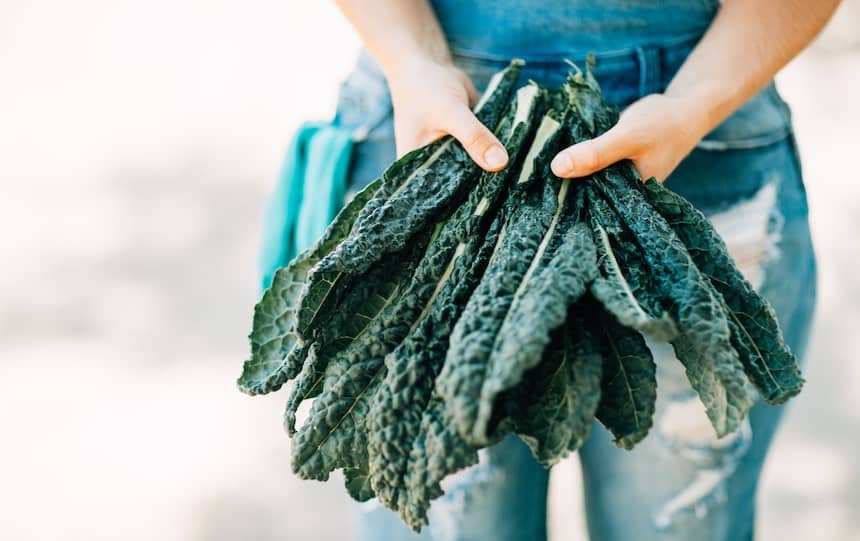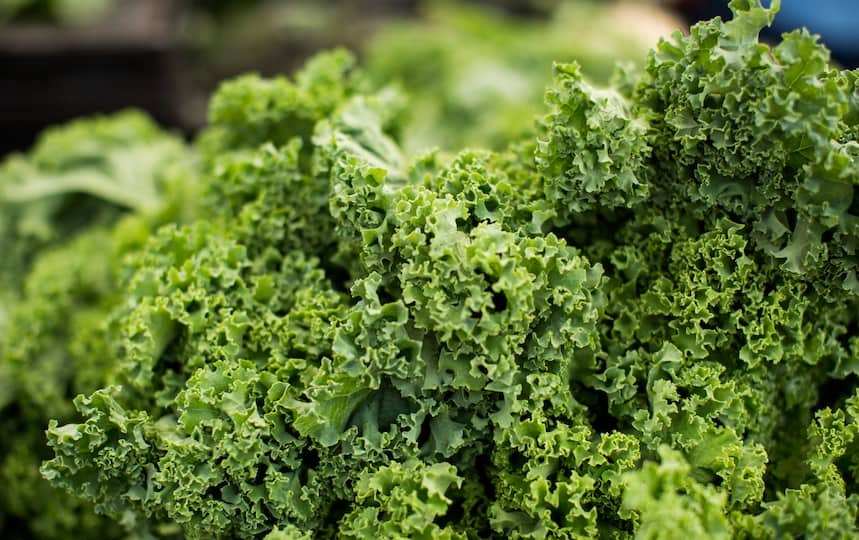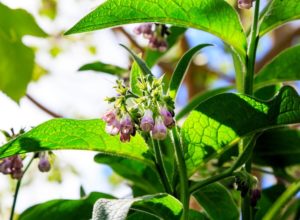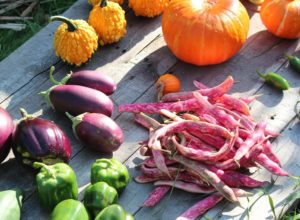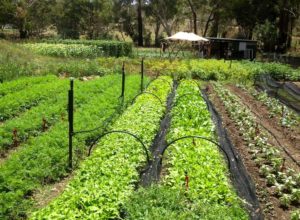Think this superfood has had its day? Think again – this green leafy brassica is still a mainstay in thriving vegie gardens.
Kale has returned to the vegie patch in recent times thanks to healthy cookbooks and celebrity chefs spruiking its benefits.
This is a good thing, as it is a great vegetable – it provides fresh, green foliage over a long growing season.
Kale is thought to have originated in Scotland and has been cultivated for more than 2,000 years. It was the most commonly eaten green vegetable in Europe until surpassed by the humble cabbage in the Middle Ages.
How to grow kale
Some varieties of kale are annuals, and some are biennials. It tastes sweeter and more flavourful after being exposed to a frost and, as a frost-resistant vegetable, it has traditionally been an important crop in cooler regions.
Propagation
To get started on your quest of learning how to grow kale, propagate kale in seedling trays in late summer so you can plant out the seedlings in autumn when they are about 5cm tall. Space them about 40cm apart in the patch.
Kale grows best in rich, fertile soil in full sun. It loves the cold, and needs no frost protection. Good companion plants for kale include beetroot, celery, onion and potato.
Watering
Kale likes moist soil as much as it likes cool weather, so water well and regularly. This is the best way to ensure sweet, crisp leaves.
Mulching
Spread an organic mulch to keep down weeds. Mulching will also help keep the leaves free of soil, which might otherwise be splashed onto the plant during watering or rain, for a clean harvest.
You could potentially remove the mulch in late autumn, when the chance of hot weather has passed, to cool the soil.
Feeding
Enrich the soil with compost and organic fertiliser before planting out the seedlings. While they are growing, apply a liquid feed or a side dressing (beside the plants) of pelletised organic fertiliser throughout the growing season to help keep your kale producing. Do this every six to eight weeks.
Pruning
Always remove yellow leaves from the base of your plants to reduce the risk of fungal disease.
Pollination
Most kale varieties are biennial. Kale will cross-pollinate with other members of the brassica family, such as cabbage and broccoli. The seeds form in small pods. Allow them to grow fully on the plant before harvesting them to save seeds.
Pests and problems
Like other brassicas, kale is particularly susceptible to aphids, caterpillars of the white cabbage moth and slugs and snails. Soil-borne diseases can also be a problem, so practise crop rotation.
Harvesting and storage
You can begin to cut individual leaves off the kale when the plant is 20–25 cm high, starting with the outside lower leaves first.
Adapted from ‘Growing Food the Italian Way’by Fabian Capomolla (Pan Macmillan,
You can find the full version of this article in Issue #10 of Pip Magazine, which is available here.
Like more articles like this one? Subscribe to Pip Magazine’s print or digital editions here.
2017).

